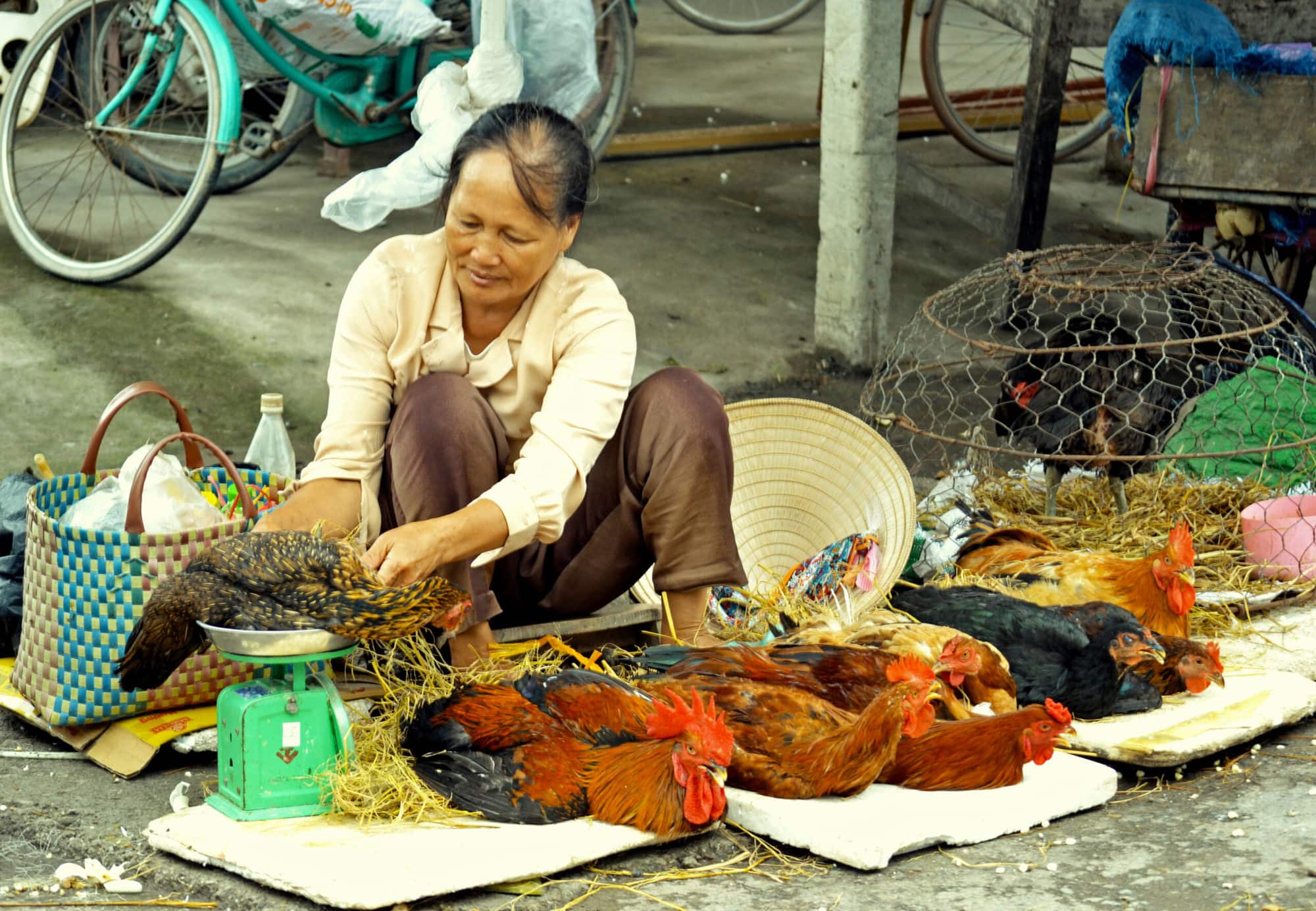Scaling nutrition impact: Schools serve up High-Iron Beans
- From
-
Published on
03.07.25
- Impact Area


Iron-rich beans can be integrated into consumers’ diets to enhance nutrition and cognitive function, especially for children and youth. But how can this be achieved at scale?
Schools represent a strong entry point. Accumulated evidence shows large-scale nutrition gains through collaborative efforts to integrate biofortified high-iron beans into school feeding programs across Rwanda, Kenya, Tanzania, Malawi, and the Democratic Republic of Congo. In 2024 alone, 2.77 million people benefitted—an outcome made possible by coordinated efforts among governments, NGOs, the private sector, and global partners under the Pan-Africa Bean Research Alliance (PABRA).
Related news
-

Australia partners with International Livestock Research Institute to upskill researchers from Africa and Asia
International Livestock Research Institute (ILRI)13.11.25-
Food security
-
Poverty reduction, livelihoods & jobs
Australia has joined forces with the International Livestock Research Institute (ILRI) to support th…
Read more -
-

A decade of academic and research partnership advances One Health in Vietnam
International Livestock Research Institute (ILRI)13.11.25-
Health
In northern Vietnam, Thai Nguyen province has become one of the most active hubs for…
Read more -
-

Accelerating wheat breeding, from Toluca in Mexico to the world
CGIAR Initiative on Breeding Resources12.11.25-
Climate adaptation & mitigation
-
Nutrition, health & food security
In Mexico, a project has been completed to develop new elite parental lines of wheat…
Read more -
